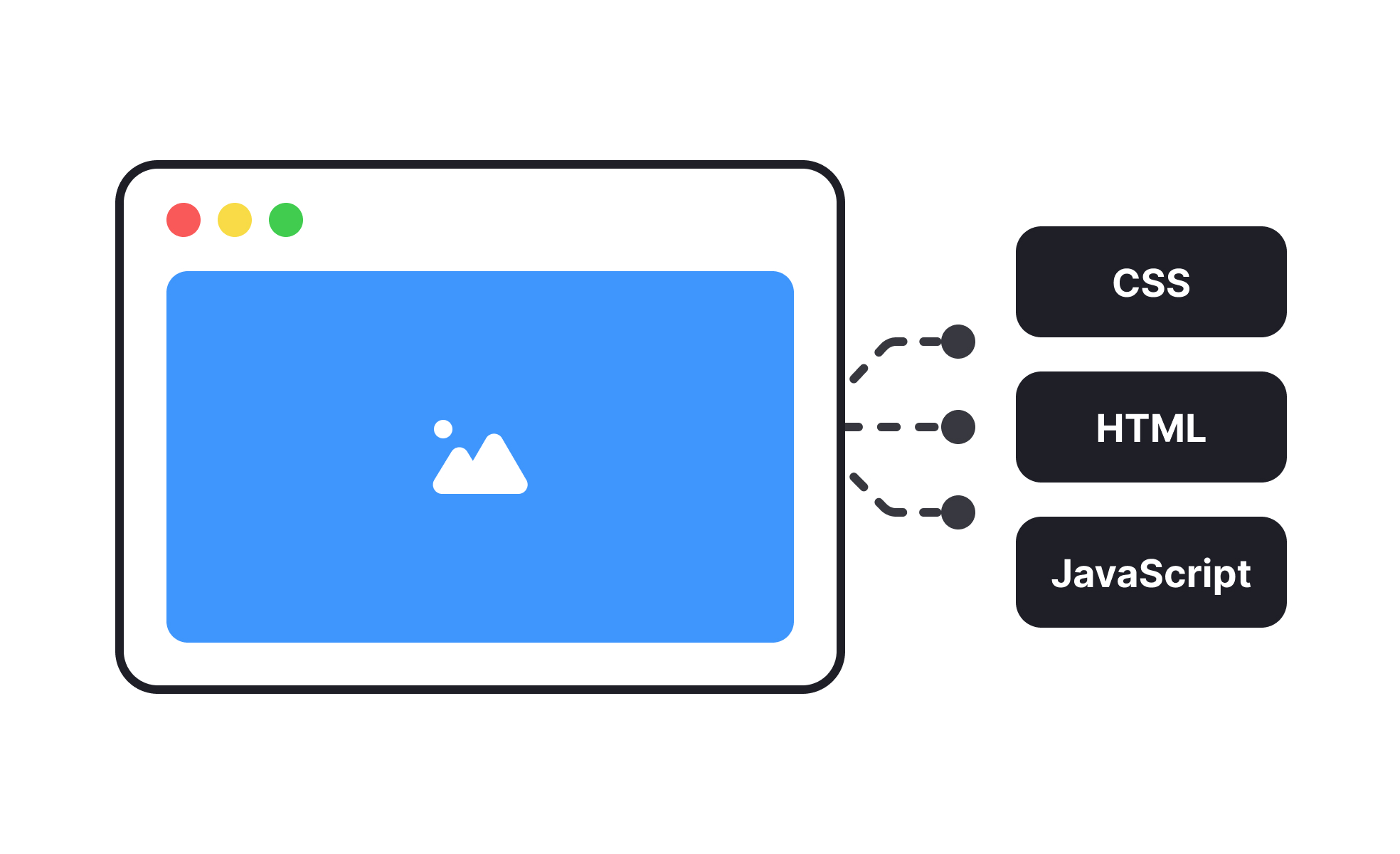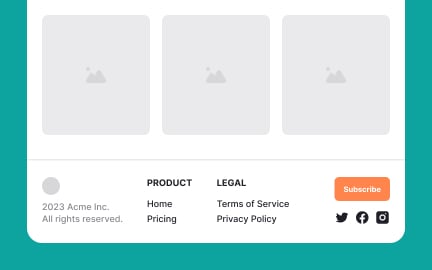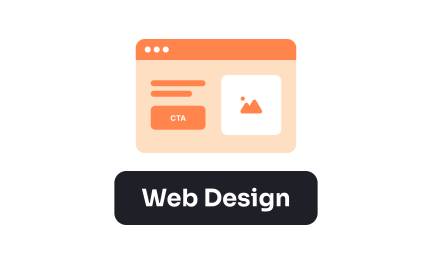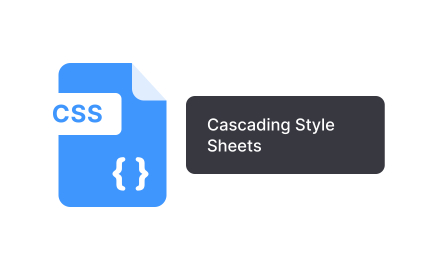Frontend Development
Frontend development is the process of building user-facing interfaces using HTML, CSS, and JavaScript to create interactive digital products.

What is Frontend Development?
Frontend development creates user-facing parts of web applications and digital products through HTML, CSS, JavaScript, and modern frameworks that users interact with directly in browsers and mobile applications. Frontend developers translate designs into functional, responsive, accessible interfaces while ensuring optimal performance, cross-browser compatibility, and seamless user experiences across different devices and platforms.
This discipline encompasses responsive web design, JavaScript programming, framework development, performance optimization, accessibility implementation, and user experience engineering that bridges design and technology.
Frontend Development in Product Context
Product managers collaborate with frontend developers to ensure user interface implementation supports product goals while delivering excellent user experiences that drive engagement and conversion.
User experience translation and design implementation
Transform product requirements and design mockups into functional interfaces that maintain design integrity while optimizing for performance and usability across different contexts and device types.
Performance optimization and user retention
Implement frontend optimizations that improve loading speed, interaction responsiveness, and perceived performance to reduce user abandonment and improve engagement metrics.
Mobile optimization and responsive design
Create interfaces that adapt effectively to mobile devices where most users access products, ensuring feature parity and optimal user experience across screen sizes.
Frontend Technology Stack
Core web technologies:
- HTML: Semantic markup providing structure and meaning to web content
- CSS: Styling and layout including responsive design and visual presentation
- JavaScript: Interactive functionality and dynamic behavior in web applications
Modern JavaScript frameworks:
- React: Component-based library for building user interfaces with virtual DOM optimization
- Vue.js: Progressive framework with gentle learning curve and excellent documentation
- Angular: Full-featured framework with TypeScript integration and enterprise capabilities
Responsive Design and Mobile Optimization
Mobile-first development approach: Design and build for mobile devices first, then enhance for larger screens using progressive enhancement that ensures core functionality works everywhere.
Flexible layout systems: Use CSS Grid and Flexbox for creating layouts that adapt smoothly to different screen sizes while maintaining visual hierarchy and usability.
Performance optimization for mobile: Optimize images, minimize JavaScript bundles, and implement lazy loading to ensure fast performance on slower mobile connections and less powerful devices.
Touch interaction and usability: Design interactive elements with appropriate sizing and spacing for touch interaction while providing clear feedback for user actions.
Frontend Performance Optimization
- Code splitting: Break JavaScript into smaller chunks loaded only when needed
- Image optimization: Use appropriate formats and sizes with lazy loading implementation
- CSS optimization: Minimize and optimize stylesheets for faster parsing and rendering
- Caching strategies: Implement browser caching and service workers for repeat visits
- Virtual DOM optimization: Use React, Vue, or similar frameworks efficiently to minimize DOM manipulation
- Event handling: Optimize event listeners and avoid performance-killing patterns
- Memory management: Prevent memory leaks through proper component cleanup and resource management
- Bundle analysis: Monitor and optimize JavaScript bundle size and dependencies
- Largest Contentful Paint (LCP): Optimize primary content loading speed
- First Input Delay (FID): Ensure interactive elements respond quickly to user input
- Cumulative Layout Shift (CLS): Prevent unexpected layout shifts during page loading
- Performance monitoring: Track real user metrics and optimize based on actual usage data
Frontend development refers to the practice of creating and implementing the visual and interactive elements of a website or web application. It involves writing code using HTML, CSS, and JavaScript to design and develop the user interface (UI) and user experience (UX) components that users interact with directly.
Frontend development requires a combination of technical and design skills. Some essential skills for frontend development include:
- Proficiency in HTML, CSS, and JavaScript: A solid understanding of these programming languages is crucial for building and styling web pages and creating interactive functionality.
- Responsive and mobile-first design: Knowledge of responsive design principles and the ability to optimize web pages for various screen sizes and devices is important for delivering a seamless user experience.
- CSS frameworks and libraries: Familiarity with popular CSS frameworks and libraries, such as Bootstrap or Tailwind CSS, can significantly speed up development and help maintain consistency across projects.
- Web accessibility: Understanding web accessibility standards and techniques is essential for ensuring that websites and applications are usable and inclusive for users with disabilities.
- Version control: Proficiency in using version control systems, such as Git, allows for efficient collaboration and easy management of code changes and updates.
Frontend development focuses on building the client-side of a website or application that users directly interact with. It involves creating the user interface, designing the visual elements, and implementing the frontend logic using HTML, CSS, and JavaScript.
Backend development, on the other hand, involves working with server-side technologies and databases to manage data, handle user authentication, process business logic, and perform other server-related tasks. It deals with the behind-the-scenes functionality that supports the frontend.
Recommended resources
Courses

HTML Foundations

CSS Foundations

Enhancing UX Workflow with AI
Lessons

Technical UI Terms

Wireframes in the UX Design Process

Popular Tags in HTML
Projects

Spike Nuxtjs Admin Dashboard Design

Webits HomePage













